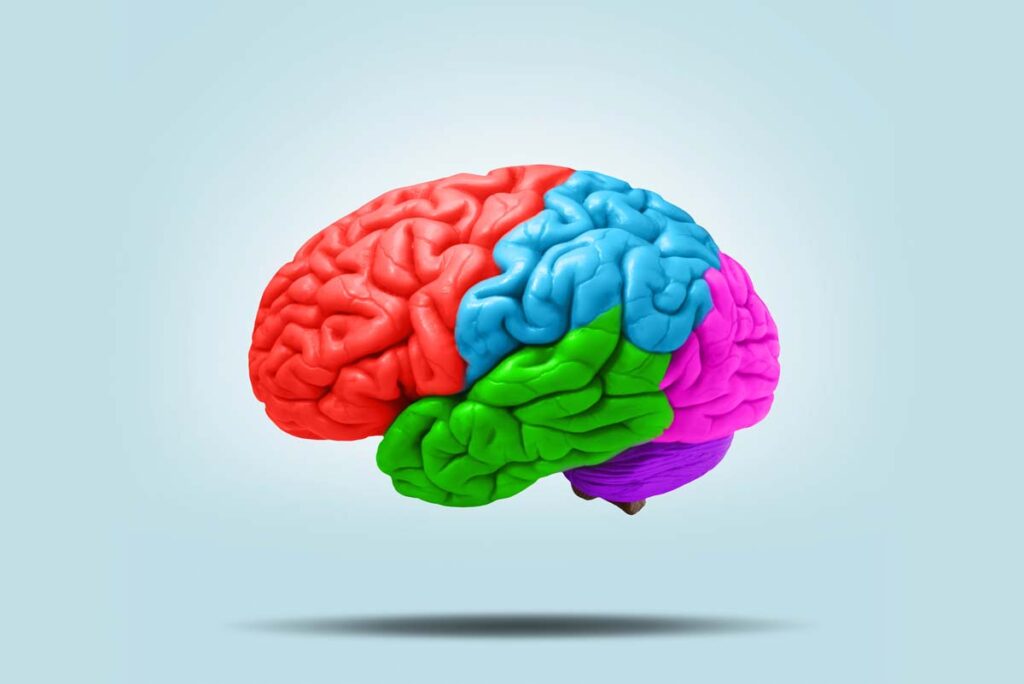Attachment Theory and Relationships
By Donnella Lincoln, LAC
When we are first born, we are completely helpless. We cannot feed ourselves, change ourselves, or protect ourselves. We have to rely on our parents or caregivers to do that for us. Our survival depends on depending on others. This is not true for every creature on Earth. Snakes, for example, do not need their mother snakes to look after them once they are hatched. They are able to immediately move around, catch their own prey and protect themselves. As a human being, because our survival depends on others fulfilling our needs, we have what’s called proximity seeking behaviors. Our bodies, specifically our nervous systems, are directly connected to our attachments and relationships.

What Is Attachment Theory?
For example, a baby crying is never a baby crying for no reason. The baby is in some sort of distress. A baby cannot communicate immediately if it is hungry, tired, cold, hurt, etc., so it engages help by crying. Most people are averse to hearing a baby cry, which is the exact evolutionary point of the baby being able to cry to begin with. It ideally springs the caregiver into action to respond to the baby and fulfill its needs so that the crying ceases. Crying is a proximity seeking behavior.
As we grow older, we develop more communication skills and more independence; however, how responsive our caregivers were to our needs and our expectations (usually subconscious) to those needs being met, shapes how we continue to request or demand that our needs be met.

What Are Attachment Styles?
Thus, the concept of attachment theory, styles and strategies is born. Research has shown that we are built and wired for connection. Our bodies are oftentimes more apt at remembering how we have previously succeeded in having our needs met than our logic and reasoning thoughts. If crying has been successful in making sure my needs are met, then that’s what I am going to do next time I have a need that needs to be addressed, even if I am not aware that’s what I’m doing.

Secure Attachment VS. Insecure Attachment and Avoidant Attachment Style
There are two categories of attachment styles—secure and insecure. Secure attachment style (secure behavioral and emotional responses) is indicative that a person, either growing up or in their adult relationships, feels safe, nurtured, and responded to sufficiently in their needs, physically and emotionally. Their nervous systems are not thrown into complete dysregulation at every sign of conflict, big or small, and they are not guessing if they are loved or cared for by others. They feel safe to explore the world, manage themselves and fulfill their own needs as well. There is a balance of healthy independence/autonomy and healthy relationships/communication. Insecure attachment styles (anxious, avoidant and disorganized strategies) are on a scale of how anxious/fearful you are (of abandonment) and how assertive/avoidant you are in dysregulation.
With anxious strategies, there is higher anxiety and fear of abandonment, physical and/or emotional. With avoidant strategies, there is higher avoidance/withdrawal and focus on independence. With disorganized, it’s a conflicting push-pull due to extreme dysregulation with being fearful of abandonment and high avoidance.
Instead of using the attachment styles as identity markers (ie, “I am anxious attachment” or “my style is secure”), I like to think of them more like the different categories are on a graph. It is likely that most people will exhibit different strategies from multiple styles, so the question I like to ask in sessions is, “What strategies do you most often use when vulnerability hits the room?”

Can Attachment Therapy Change Your Attachment Styles?
One of the most beautiful things about attachment styles is that wherever you land on the attachment graph is not where you are necessarily stuck. If you primarily use anxious strategies, you can move towards secure. There are lots of research, resources, books, and videos on attachment theory, styles, and strategies. This is also something that you can work with and through in individual or couple’s therapy with a therapist who is well-versed in attachment theory.






